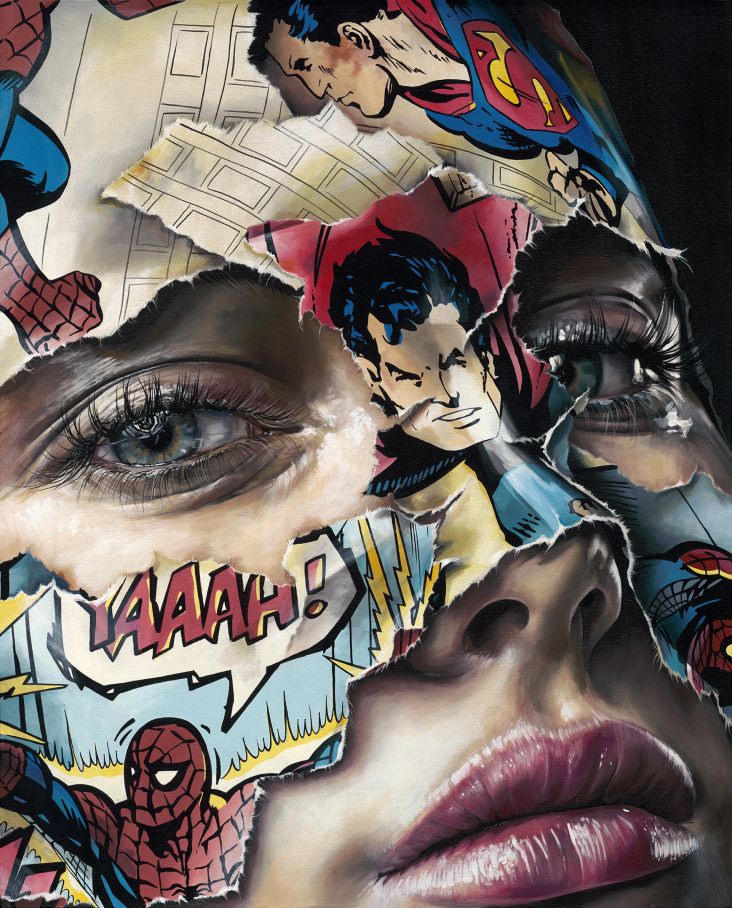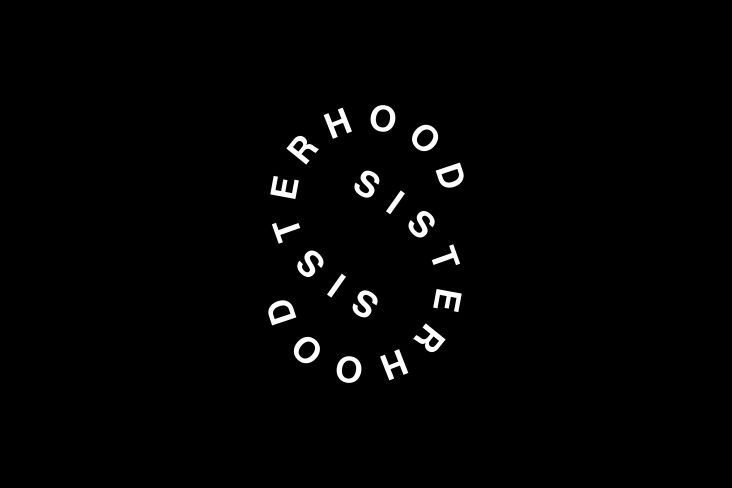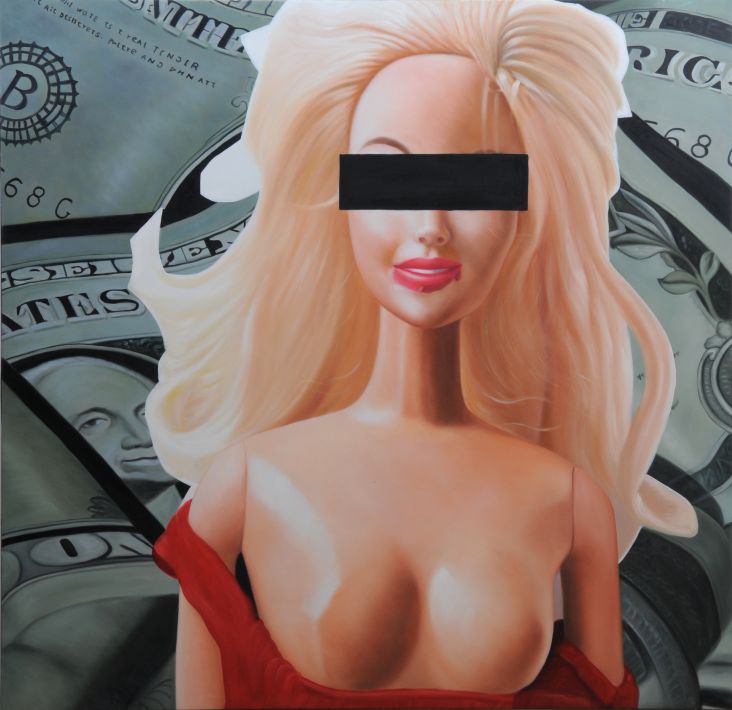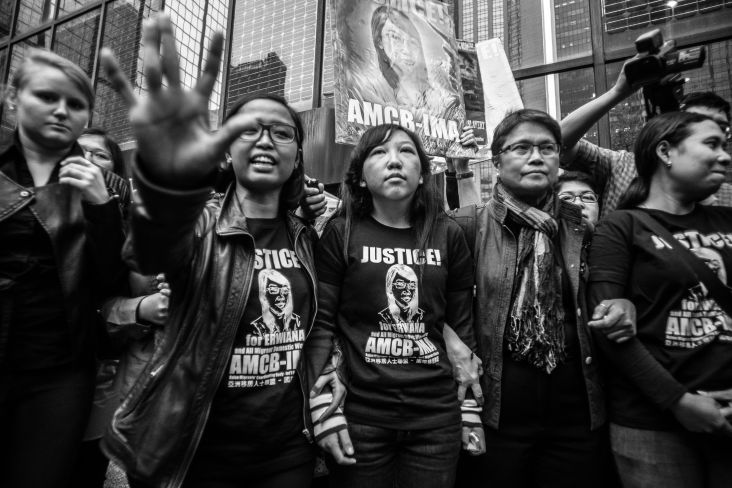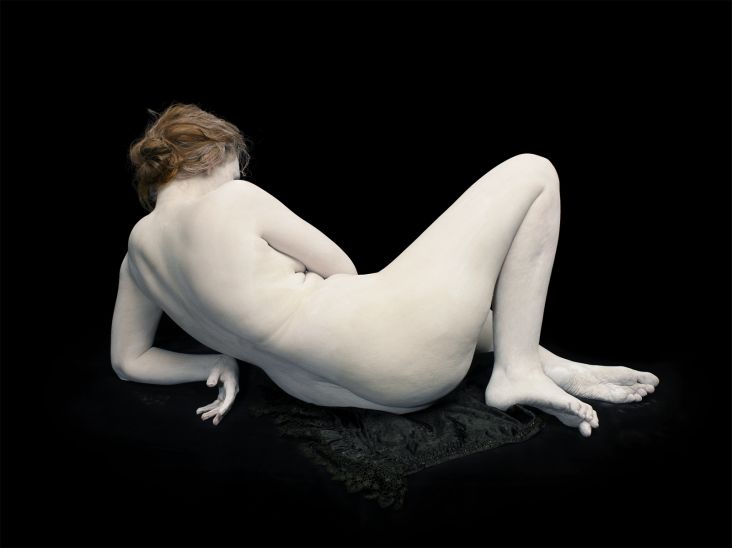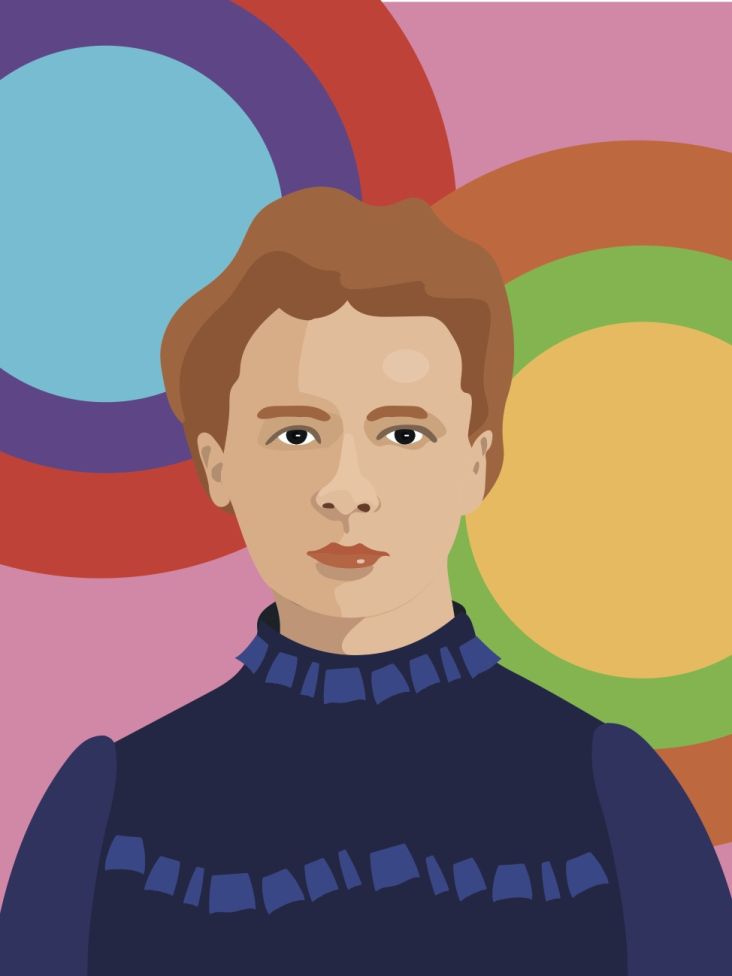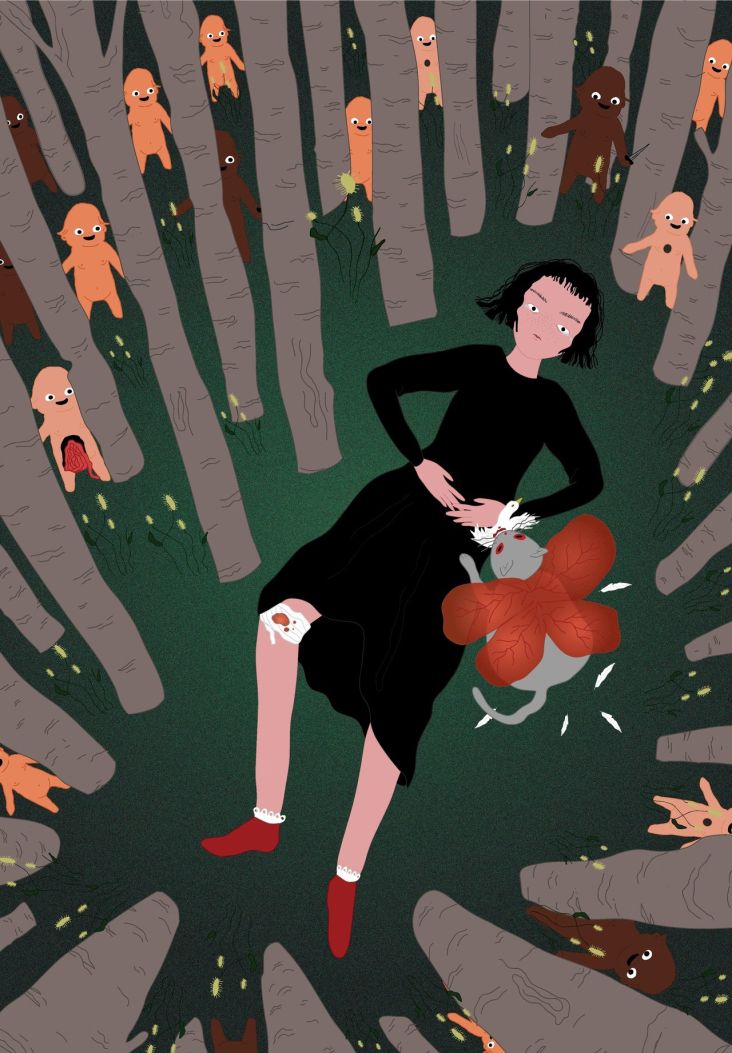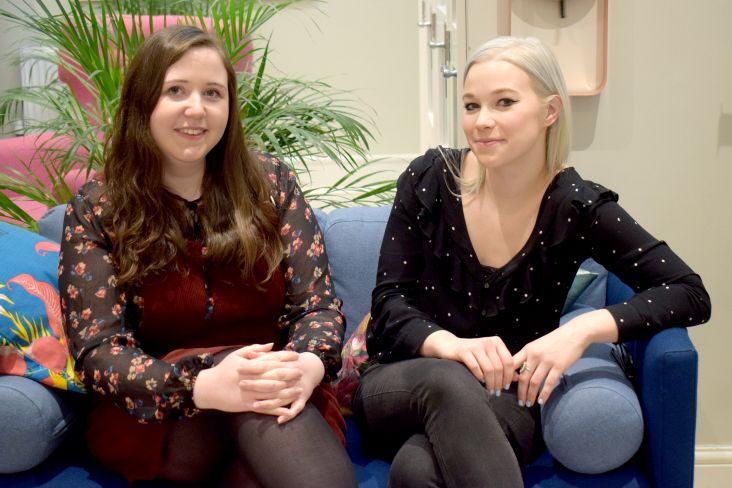From 12-year-old artists with autism to celebrating female sexuality to art by a former Azerbaijan soldier
“It's about the enduring way art transforms both the lives of the artists and the viewers themselves and portrays the alchemy of creativity, creative energy and art itself,” says Mila Askarova, founder of Gazelli Art House, on describing the group exhibition, Silver Lining.
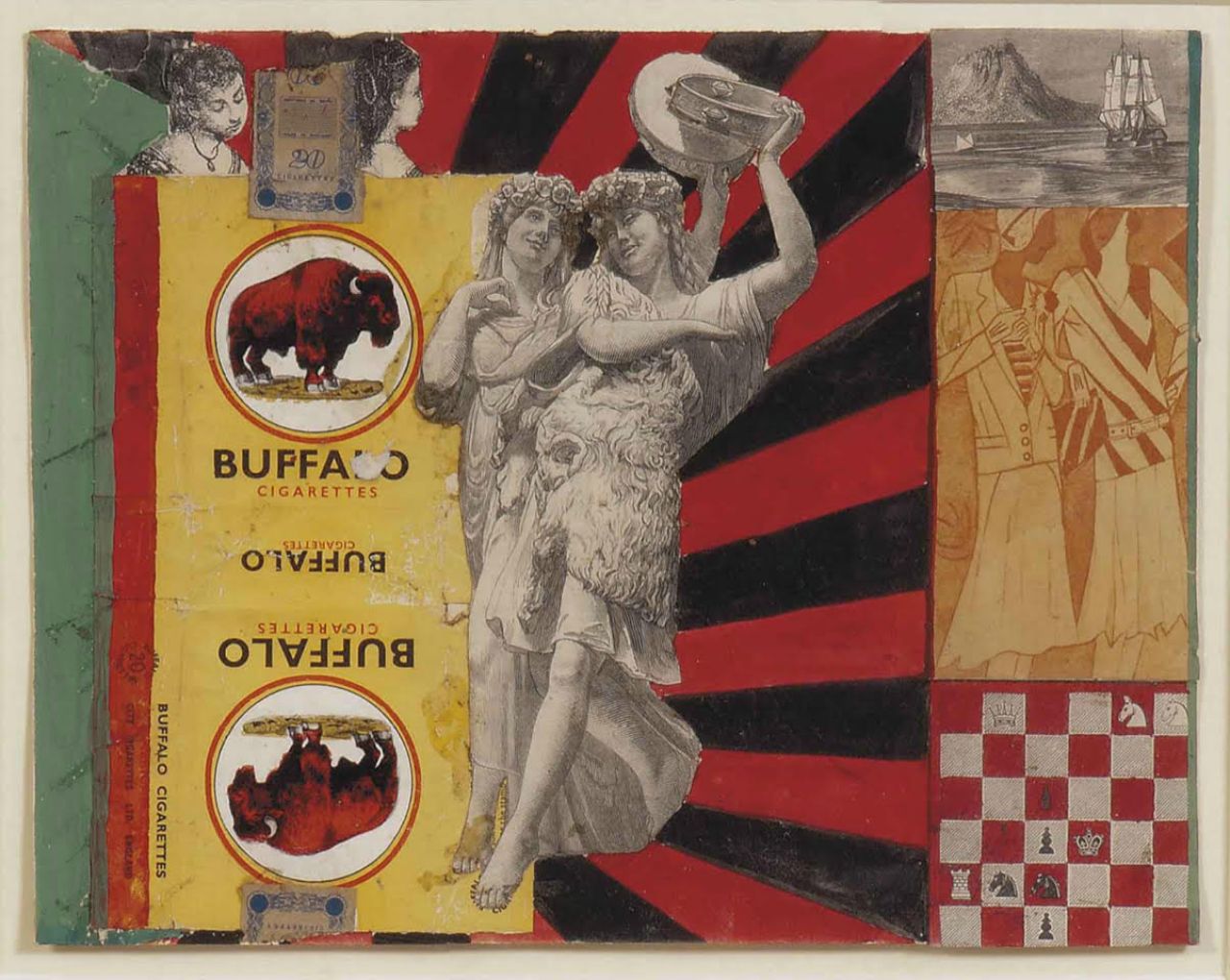
Pauline Boty, Untitled (Buffalo), 1960/61. Courtesy of Gazelli Art House
Works by Pauline Boty, Niyaz Najafov and Markus Martinovitch are on show, “exploring the artists’ diverse cultural backgrounds and the worlds they occupy,” says the gallery, which aims to present their art to examine "their different generations, social and economic environments, personal stories and unique influences."
The artists not only span different points in time but use their art in various significant ways – some as socio-political tools, others as "forms of therapy and shared struggles towards meaning."
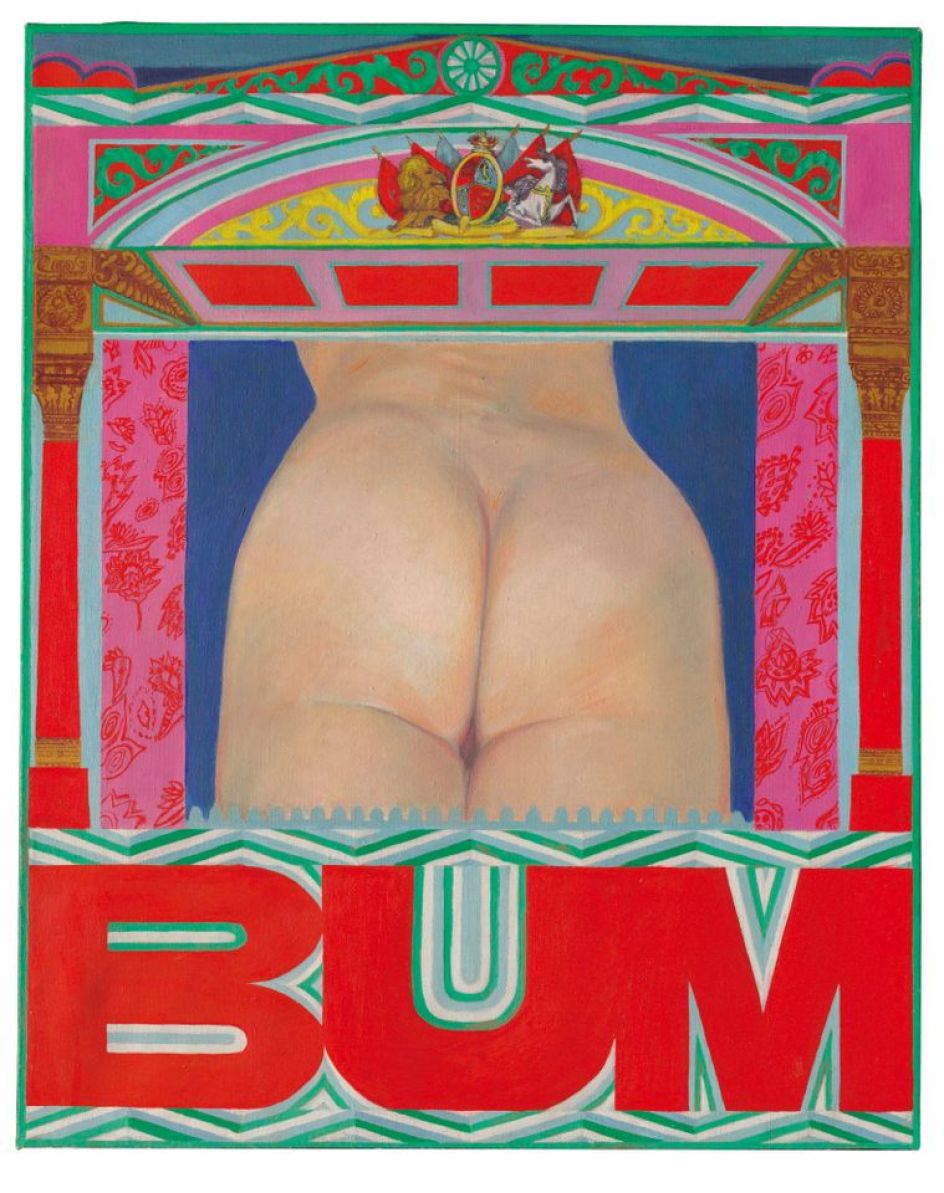
Pauline Boty, BUM
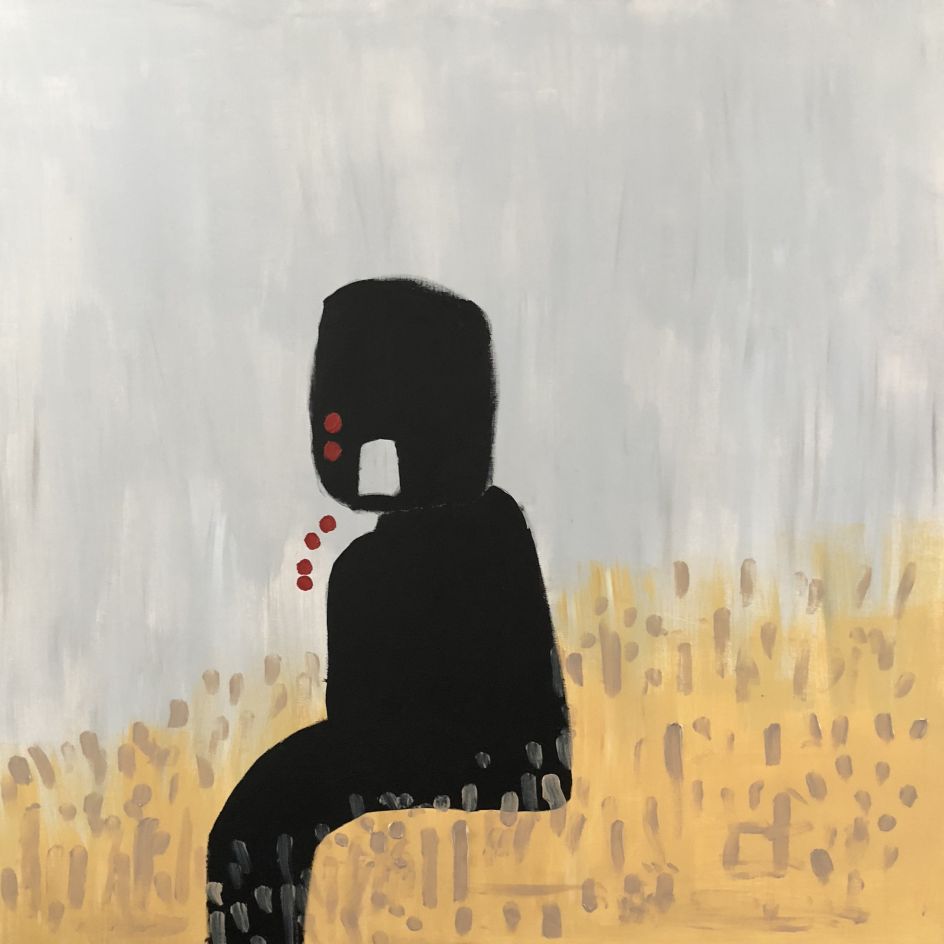
Markus Martinovitch, Markus crying M&Ms candies in dry grass, 2018. Courtesy of Gazelli Art House
Pauline Boty’s playful, eye-catching work looks to "denounce male domination in the art world, politics and beyond," says the gallery. Boty is one of the few British women involved with Pop Art, and struggled to be recognised in London in the 1960s, which for all its newfound “swinging” freedoms, was still largely dominated by men.
"Her early paintings were both sensual and erotic, celebrating female sexuality from a woman’s point of view," continues the gallery. Later she incorporated celebrities into her works declaring "people need them, and the myths that surround them because their own lives are enriched by them. Pop Art colours those myths."
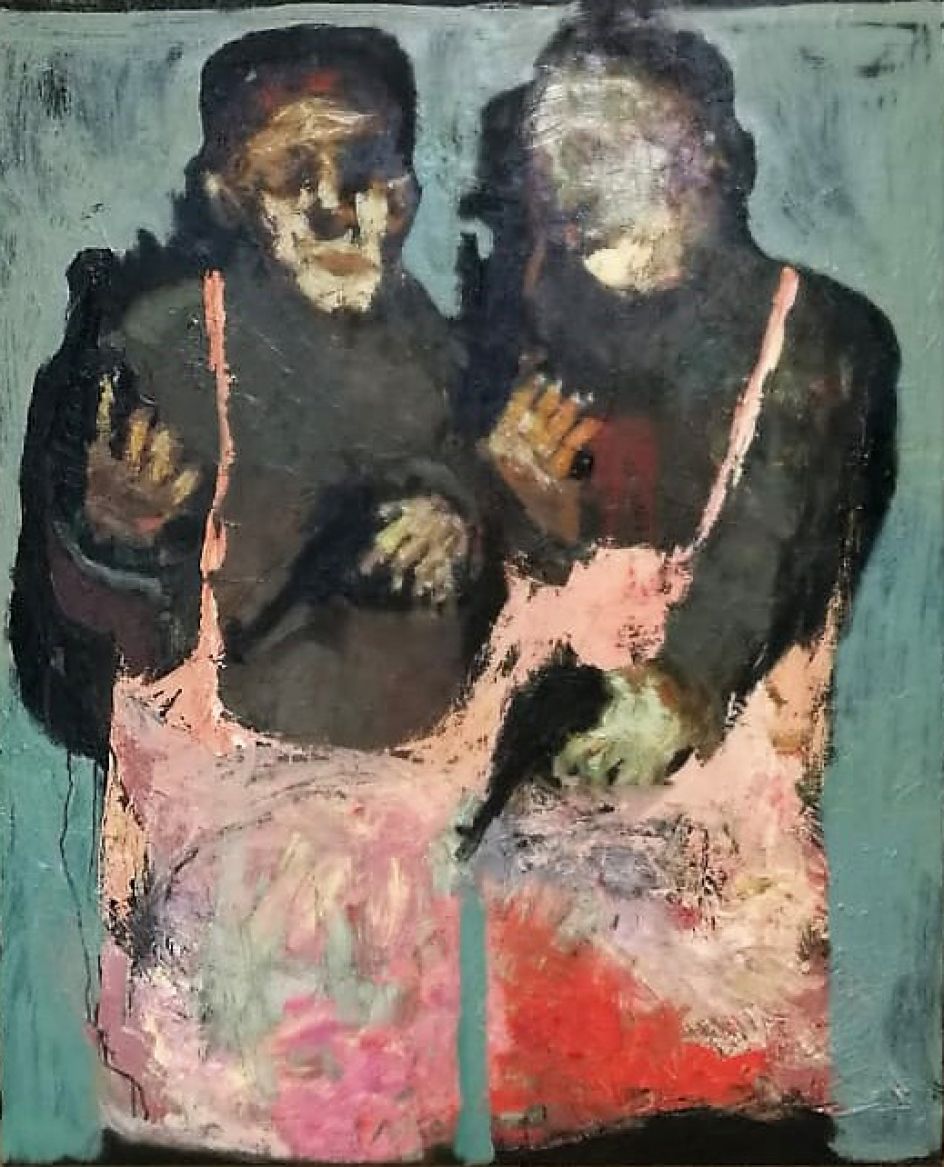
work by Niyaz Najafov
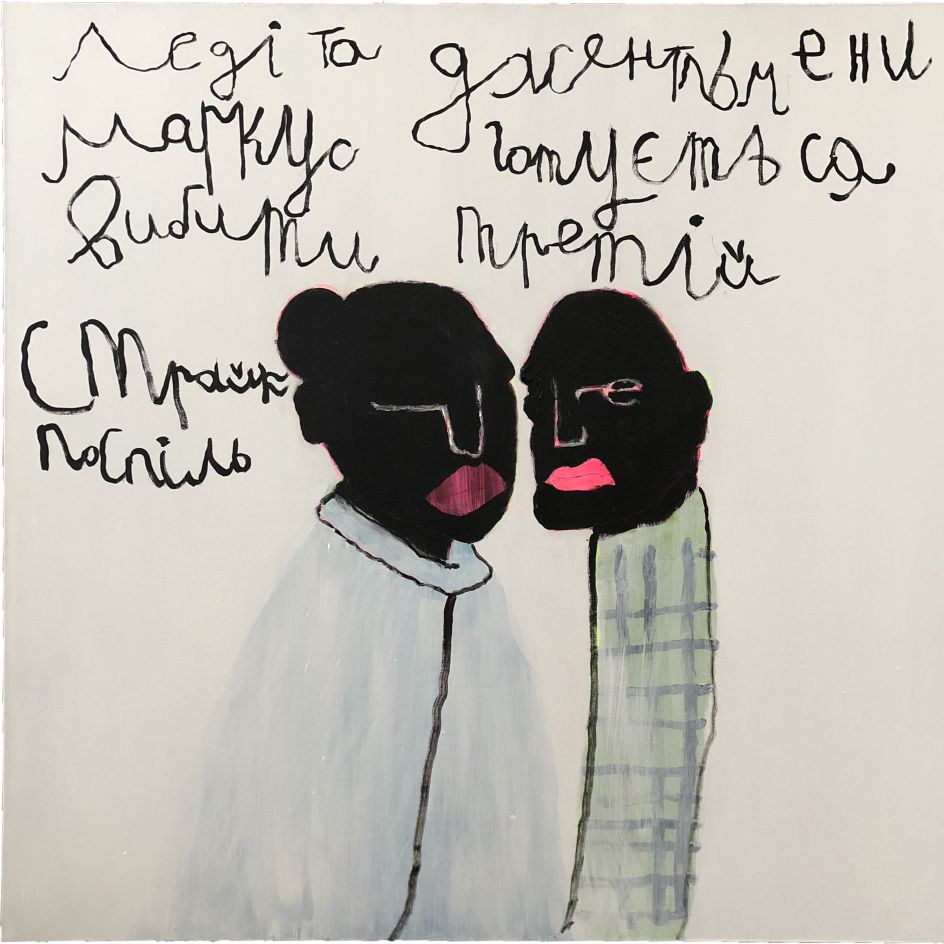
Markus Martinovitch, Ladies and gentlemen, Markus is ready to make the third strike in a row, 2018. Courtesy of Gazelli Art House
Taking a very different approach is Niyaz Najafov, a former soldier in the Azerbaijan army, who “channels his existential anguish into art,” says Gazelli.
The self-taught painter creates imaginary, disturbing characters that appeared tortured and haunted, reflecting his struggles in reconciling and expressions his own traumas, and those inherent to the wider human condition. “Najafov leads the new generation of Azeri artists who have sprung up following the collapse of the Soviet Union,” the gallery adds.
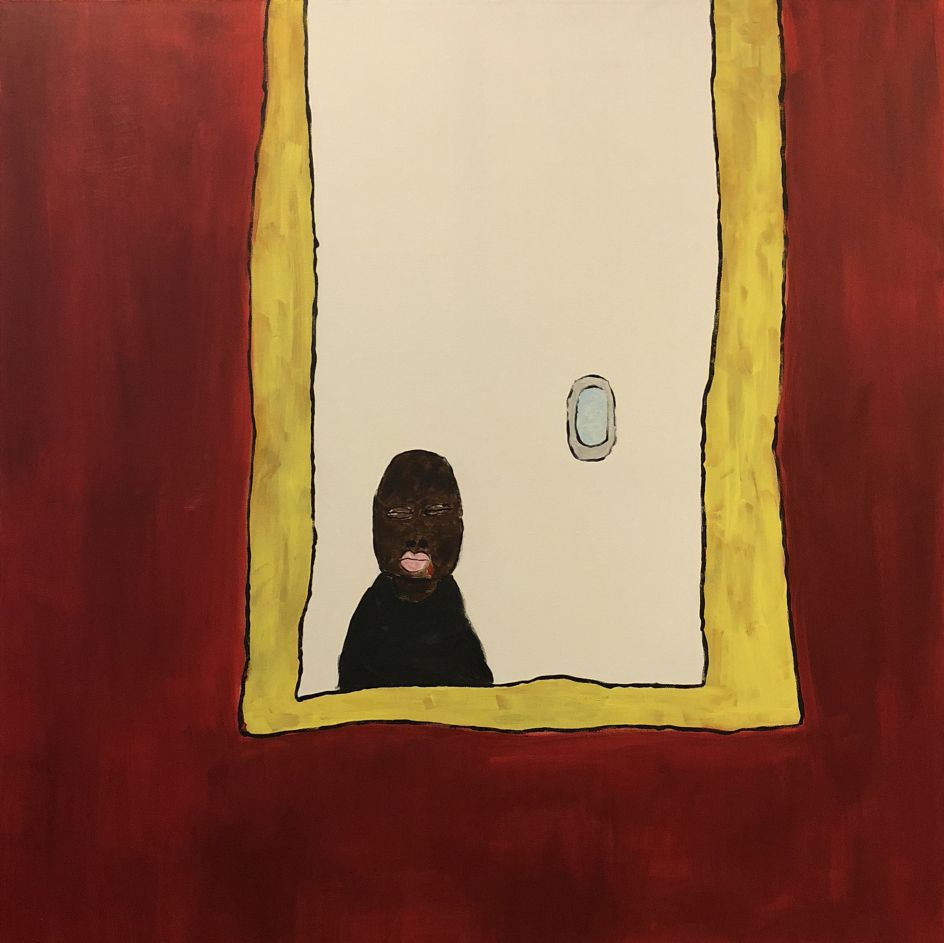
Markus Martinovitch, Markus with bleeding mouth, 2018. Courtesy of Gazelli Art House
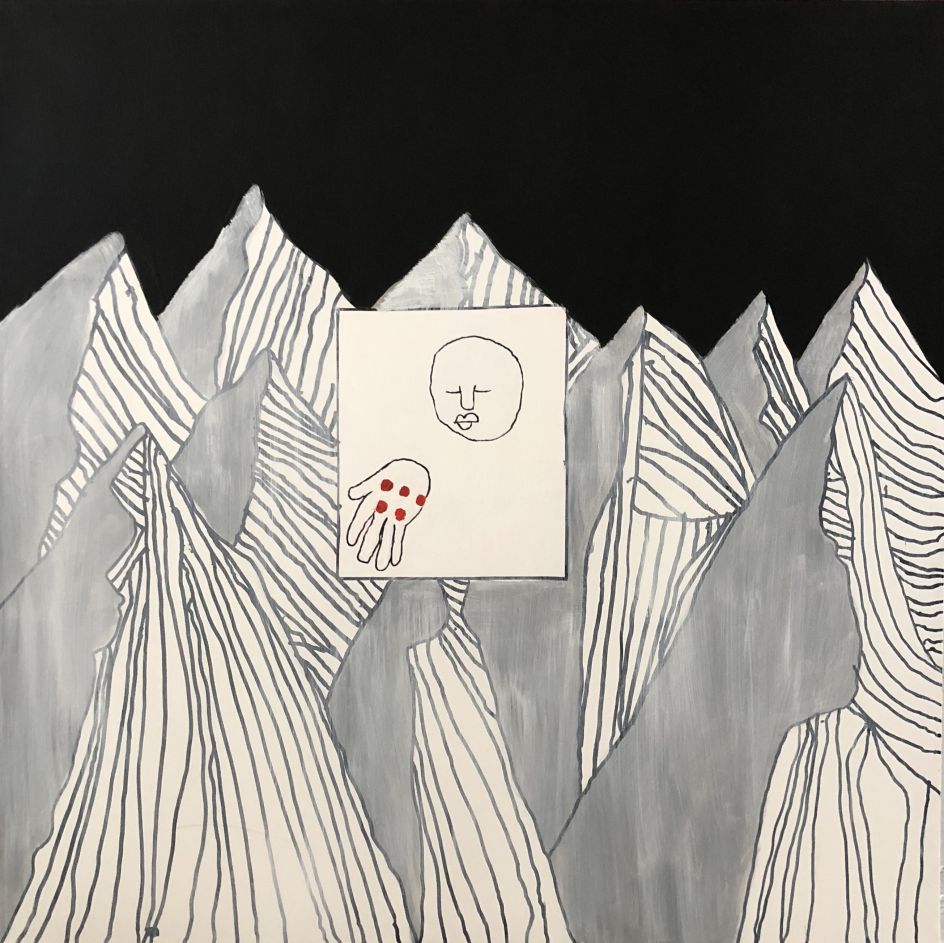
Markus Martinovitch, Markus eating M&Ms candies in the Alps, 2018. Courtesy of Gazelli Art House
The final artist is just 12 years old, autistic Russian-German boy Markus Martinovitch. The heavy medication he’s given to help his condition cause side-effects such as tremors and hallucinations, which he channels in his art.
“Colour does not exist – it is just a reflexion of the light,” says the young artist, who boasts a maturity well beyond his years both in his view of the world and the art he makes to try and understand it.
The exhibition runs until 6 April at Gazelli Art House.

















